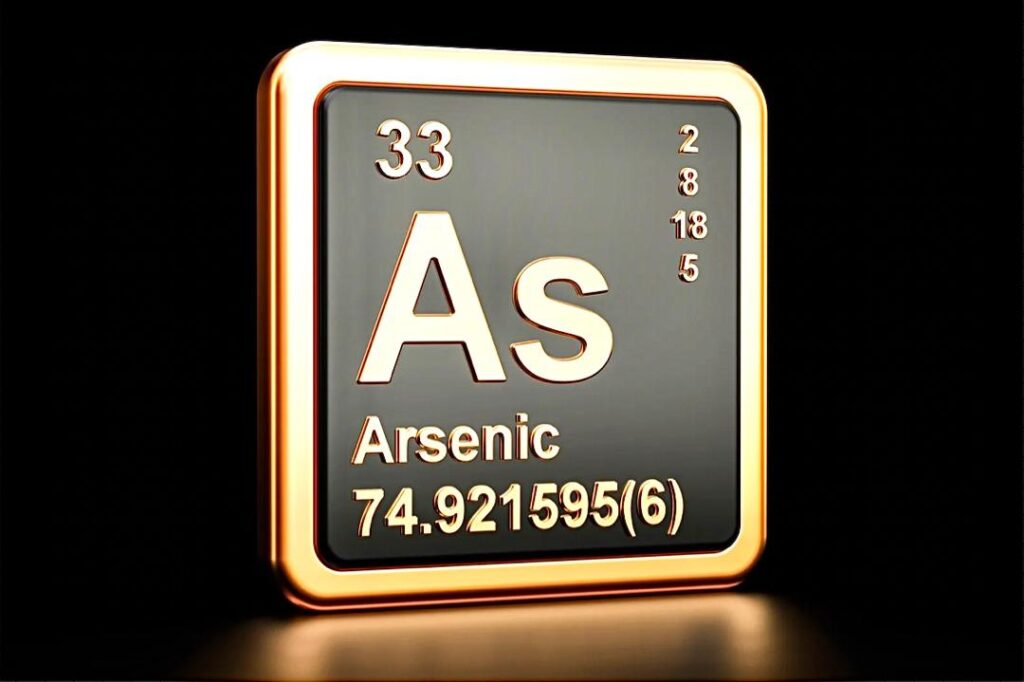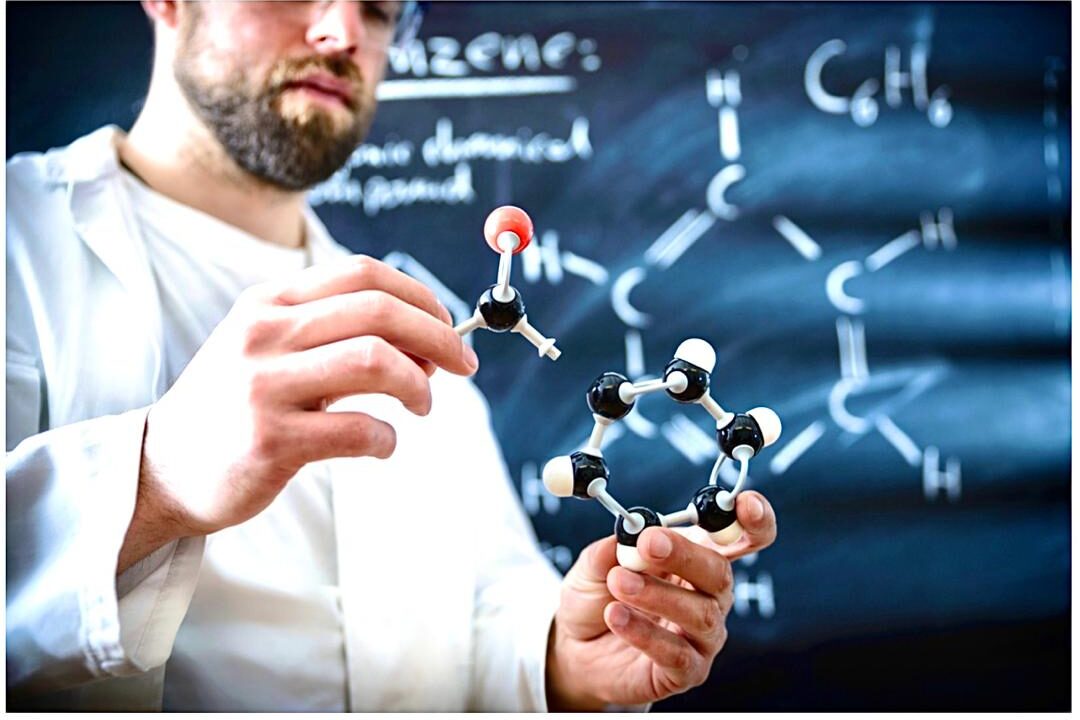The Birth of Coca-Cola

Every now and then, a quest for relief leads to a worldwide sensation. In 1886, American pharmacist John Pemberton, wounded in the Civil War and searching for a painkiller, concocted a syrup from coca leaves and cola nuts. One day, his assistant mistakenly mixed the syrup with carbonated water, and the result was the very first glass of Coca-Cola. What started as an experiment to ease pain became a global icon of refreshment. The accidental fizz in a small pharmacy set off a chain reaction that would quench the world’s thirst for generations, proving that even mistakes can be the start of something sweet and unforgettable. Source: learningmind.com
The Sweet Surprise of Saccharin

Imagine sitting down to lunch and suddenly finding your food tastes impossibly sweet. That’s exactly what happened to Russian chemist Constantine Fahlberg in 1878, after a day spent analyzing coal tar. He realized he hadn’t washed his hands, and the sweetness came from a chemical he’d been working with accidentally discovering saccharin, the world’s first artificial sweetener. This serendipitous taste test led to a product that would change diets and desserts forever, offering a sugar substitute for millions. The tale of saccharin is a delicious reminder that sometimes, the best discoveries come from simply paying attention to the unexpected. Source: acs.org
The X-Ray Vision Revolution

Sometimes, the world’s greatest breakthroughs happen in the dark. In 1895, German physicist Wilhelm Roentgen was experimenting with cathode ray tubes when he noticed a strange glow on a nearby screen. Curious, he blocked the rays, only to see the bones in his hand appear on the screen. Roentgen had stumbled upon X-rays, a discovery that would transform medicine and allow doctors to peer inside the human body without a single cut. This accidental glimpse beneath the skin, now called x-ray, opened up new worlds of healing and diagnosis, showing how a little curiosity and a darkened room can light up the path to progress. Source: britannica.com
The Power of Penicillin

Sometimes, leaving things a little messy can save millions of lives. In 1928, Alexander Fleming returned from vacation to find a petri dish he’d forgotten to cover. A mold had grown, killing the bacteria around it. Instead of tossing it away, Fleming investigated and discovered penicillin, the first antibiotic. This accidental find revolutionized medicine, turning deadly infections into treatable conditions and changing the course of human health. The story of penicillin is a powerful reminder that sometimes, the greatest breakthroughs come when we least expect them, and that a little curiosity can turn a forgotten dish into a lifesaver. Source: sciencemuseum.org
Cooked Eggs Feed You Better

We often hear that raw foods are healthier, packed with untouched nutrients and enzymes. But eggs tell a different story. When you cook an egg, the heat changes the structure of its proteins, making them easier for your body to digest and absorb. Studies by Pieter Evenepoel and his colleagues in 1998, as well as by Dupont and Nau, show that cooked eggs provide significantly more usable protein than raw ones, meaning your body can actually benefit more from a warm scramble than a raw yolk. This counterintuitive fact challenges popular diet trends and reminds us that nutrition isn’t just about what’s in the food, but how our bodies process it. Cooking also eliminates harmful bacteria, making eggs safe to eat. So while raw diets have their place, when it comes to eggs, a little heat unlocks their full nutritional power. It’s a fascinating example of how science often reveals that the simplest practices like how cooking can have profound effects on our health. Source: healthonline.com
The Mushroom That Thinks Like a Network

Mushrooms might seem like simple fungi, but their underground networks, called mycelium, behave in ways that echo intelligence. These vast webs spread through soil, sensing environmental changes, adapting to threats, and even “remembering” past encounters with dangers like toxins or predators. While they don’t have brains or consciousness like animals, their ability to process information and respond collectively is astonishing. Researchers have compared mycelium networks to neural networks in brains, noting similarities in how signals travel and decisions are made. This challenges our traditional ideas about intelligence, suggesting it can emerge in unexpected forms. The study of mycelium also inspires innovations in computing and materials science, as scientists try to mimic these natural networks. It’s a beautiful reminder that nature’s intelligence is diverse and that life’s complexity often hides in the smallest, most overlooked places.
Water’s Strange Memory

Water, the most common substance on Earth, continues to surprise scientists with its peculiar properties. In 1961, the discovery of “polywater” by Nikolai Fedyakin, a Soviet physicist, seemed to reveal a new form of water with strange behaviors, it boiled and froze at odd temperatures and was thicker than normal water. At first, this seemed like a groundbreaking discovery, but later investigations showed it was just water contaminated with impurities. Despite this, the idea sparked decades of research into water’s mysterious properties, including its ability to form unusual structures and possibly “remember” substances it once contained. This was a controversial topic in science propounded by Jacques Benveniste in research, in 1988. While the memory of water remains debated, the episode highlights how even the simplest substances can behave in complex and unexpected ways. It reminds us that science is a journey full of surprises, where even setbacks lead to deeper understanding.
The Tale of Arsenic Life

In 2010, the scientific world was rocked by a claim that bacterium GFAJ-1 had been found which could incorporate arsenic into their DNA instead of phosphorus. A discovery by Felisa Wolfe-Simon and her team. Since phosphorus is a fundamental element in all known life’s genetic material, this discovery suggested life might exist in forms we never imagined. The idea was thrilling, hinting at life’s adaptability and the possibility of exotic organisms elsewhere in the universe. However, subsequent studies found flaws in the original experiment, and the claim was largely refuted. Yet, this episode was valuable as it pushed scientists to rethink the boundaries of life and inspired new research into extremophiles, organisms that thrive in harsh conditions. It showed how science progresses by testing bold ideas, even if they turn out to be wrong, and how the quest to understand life’s diversity is far from over.
The Magic of Matches

Sometimes, the simplest inventions have the most striking beginnings. In 1826, English chemist and druggist John Walker was tinkering with chemical mixtures in his lab, never expecting to ignite a revolution. As he tried to scrape a sticky concoction off his mixing stick, it suddenly burst into flames. That moment of surprise gave birth to the first friction matches, making fire instantly accessible in pockets around the world. What began as a messy accident in a cluttered lab turned into a tool that warmed homes, lit lanterns, and sparked countless adventures. The story of matches reminds us that even the most ordinary objects can have extraordinary origins, and that a little curiosity can turn a small mishap into a global game-changer.
The Ever-Changing Story of Science

Science is a tale of wonder, filled with discoveries that sound too strange to be true but are backed by rigorous evidence. From the Accidental birth of Coca Cola to the discovery of Penicillin, to eggs that feed us better cooked, reality often surpasses imagination. These breakthroughs remind us that the world is far richer and more mysterious than we assume. They challenge our beliefs, inspire curiosity, and deepen our appreciation for life’s complexity. Science teaches us humility that what we know today may be rewritten tomorrow, and invites us to keep exploring with open minds. In embracing the seemingly unbelievable, we discover the extraordinary truths that shape our understanding of the universe and ourselves.


